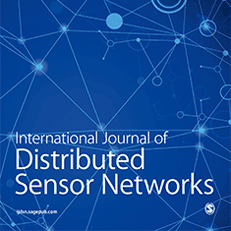Wireless local area network–based broadcasting techniques are a type of mobile Internet Protocol television technology that simultaneously transmits multimedia content to local users. Contrary to the existing wireless local area network– based multimedia transmission systems, which transmit multimedia data to users using unicast packets, a wireless local area network–based broadcasting system is able to transmit multimedia data to many users in a single broadcast packet. Consequently, network resources do not increase with the increase in the number of users. However, IEEE 802.11 does not provide a packet loss recovery algorithm for broadcast packet loss, which is unavoidable. Therefore, the forward error correction technique is required to address the issue of broadcast packet loss. The broadcast packet loss rate of a wireless local area network–based broadcasting system that transmits compressed multimedia data is not proportional to the quality deterioration of the received video signals; therefore, it is difficult to predict the quality of the received video while also considering the effect of broadcast packet loss. In this scenario, allocating equal forward error correction packets to compressed frames is not an effective method for recovering broadcast packet loss. Thus, several studies on unequal loss protection have been conducted. This study proposes an effective, prediction-based unequal loss protection algorithm that can be applied to wireless local area network–based broadcasting systems. The proposed unequal loss protection algorithm adopts a novel approach by adding forward error correction packets to every transmission frame while considering frame loss. This algorithm was used as a new metric to predict video quality deterioration, and an unequal loss protection structure was designed, implemented, and verified. The effectiveness of the quality deterioration model and the validity of the unequal loss protection algorithm were demonstrated through experiments.
Authors: Dong Hyun Kim and Jong Deok Kim
Journal: International Journal of Distributed Sensor Networks
Publisher: SAGE Journals
DB: SCIE
Impact Factor: 1.614 (in 2018)
Publish Date: 2019. 6. 1

Comments ( 0 )